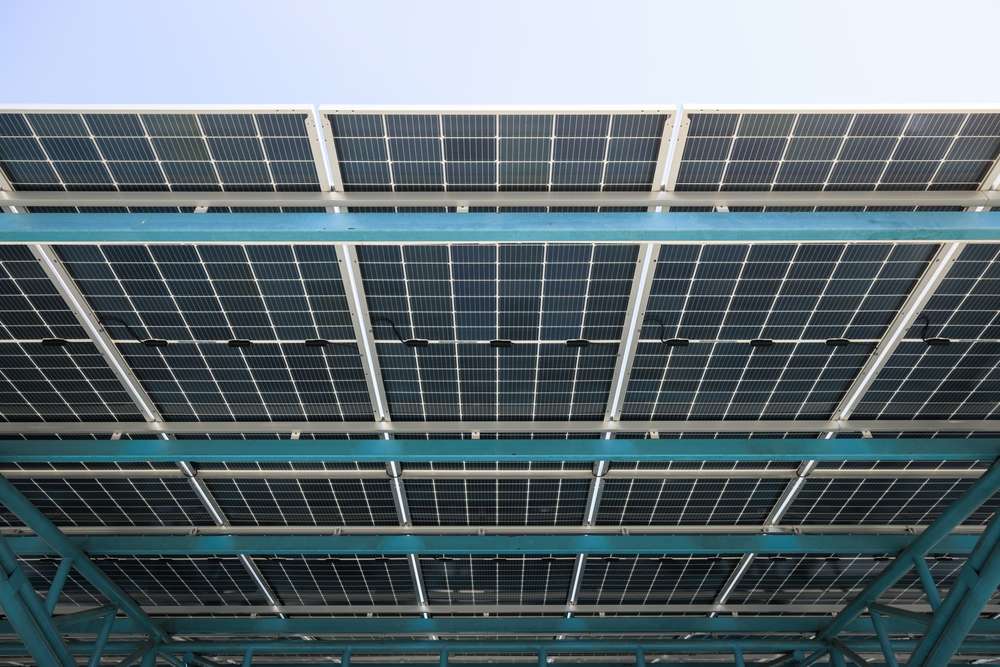The Rise of Solar Batteries: Revolutionizing Home Energy Storage
The growing adoption of solar batteries marks a significant shift in how households manage and store energy. As sustainability becomes increasingly important, homeowners are turning to solar battery systems to maximize their energy independence and reduce their environmental impact. These innovative storage solutions are transforming the way we think about residential power consumption and grid reliability.

Understanding the Surge in Home Battery Interest
Recent trends show a remarkable increase in household interest in solar battery systems. This growing enthusiasm stems from several factors, including rising energy costs, concerns about grid reliability, and a desire for greater energy independence. Homeowners are increasingly recognizing that solar batteries offer a practical solution for storing excess solar power generated during the day for use during evening hours or during power outages.
Key Benefits of Solar Energy Storage Systems
Solar energy storage systems provide multiple advantages for homeowners. These systems enable users to store excess solar power generated during peak sunlight hours, reducing reliance on grid electricity during expensive peak periods. Additionally, battery storage provides backup power during outages, ensuring continuous access to electricity for essential household needs. The ability to maximize self-consumption of solar energy also leads to reduced electricity bills and a smaller carbon footprint.
Modern Solutions for Home Energy Management
Today’s solar battery solutions incorporate advanced technology for optimal energy management. Smart systems can automatically determine the most efficient times to store or use solar power based on household consumption patterns and electricity rates. These intelligent systems can be monitored and controlled through mobile apps, giving homeowners unprecedented control over their energy usage.
Analyzing the Cost-Benefit Equation
When considering solar battery installation, it’s important to understand the financial implications and potential returns on investment. Below is a comparison of popular solar battery systems available in the market:
| Battery System | Storage Capacity | Typical Cost Range | Warranty Period |
|---|---|---|---|
| Tesla Powerwall | 13.5 kWh | $8,500 - $10,500 | 10 years |
| LG RESU | 9.8 kWh | $7,000 - $9,000 | 10 years |
| Enphase Encharge | 10.1 kWh | $8,000 - $10,000 | 10 years |
| Generac PWRcell | 9-36 kWh | $9,000 - $18,000 | 10 years |
Prices, rates, or cost estimates mentioned in this article are based on the latest available information but may change over time. Independent research is advised before making financial decisions.
Integration with Existing Solar Systems
Solar batteries can be integrated with both new and existing solar panel installations. The integration process typically involves installing the battery unit, updating the inverter system if necessary, and configuring the energy management system. Professional installation ensures optimal performance and compliance with local electrical codes and safety standards.
Future Prospects and Industry Growth
The solar battery industry continues to evolve with technological advancements leading to improved efficiency and reduced costs. As manufacturing scales up and technology improves, experts predict further price reductions and increased storage capacity options. This evolution makes solar batteries an increasingly attractive option for homeowners looking to optimize their energy usage and reduce their environmental impact.
The transition to solar battery storage represents a significant step forward in residential energy management. As technology continues to advance and costs become more competitive, these systems are becoming an increasingly practical choice for homeowners seeking greater energy independence and sustainability.




